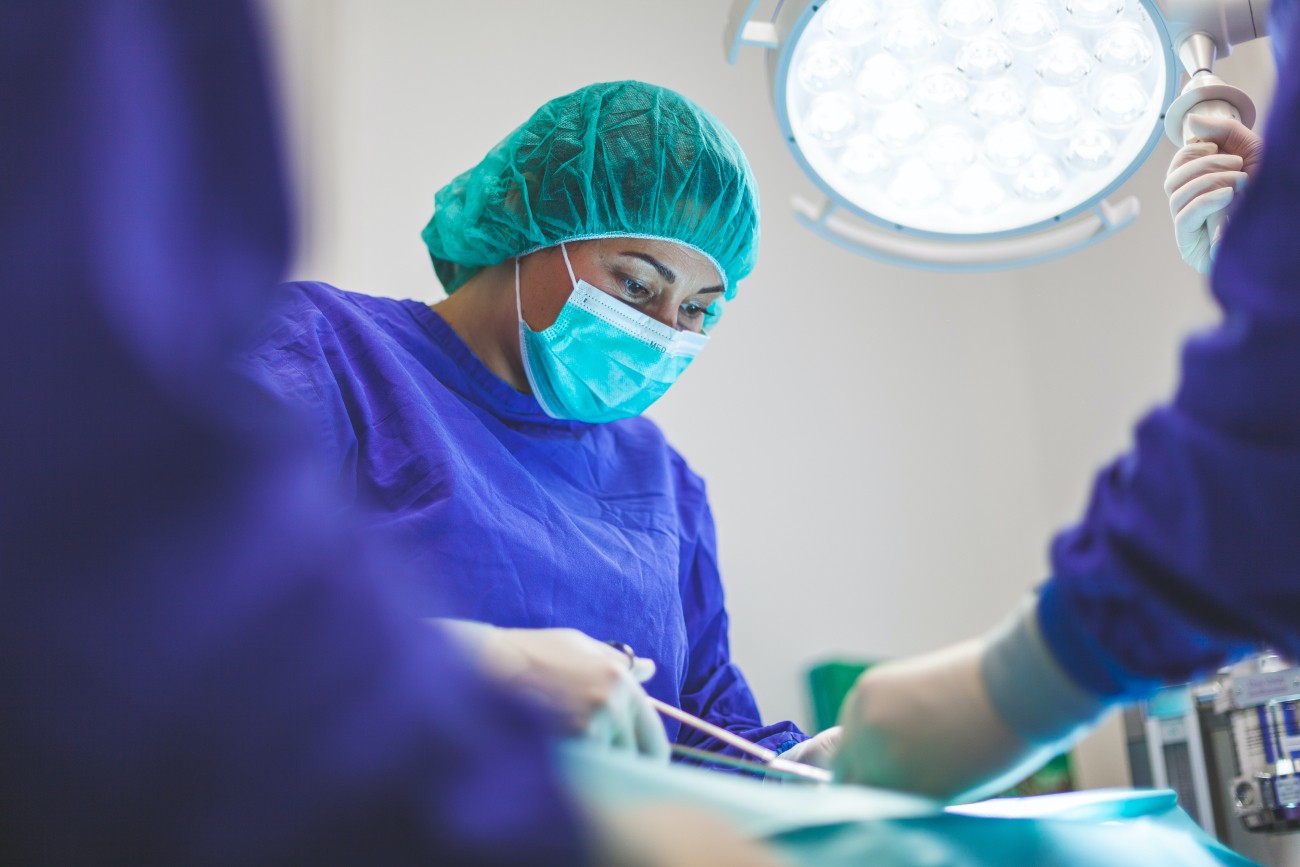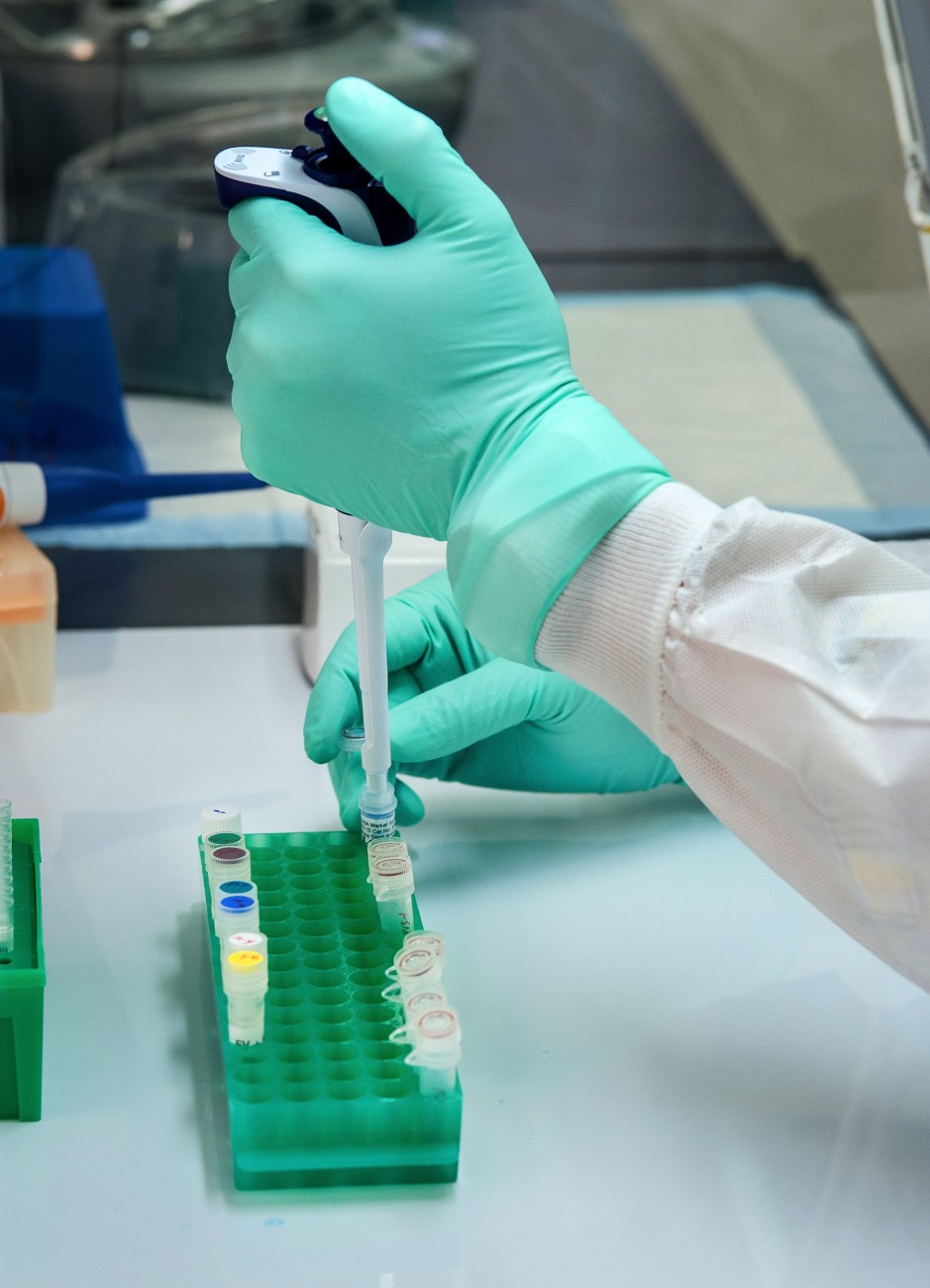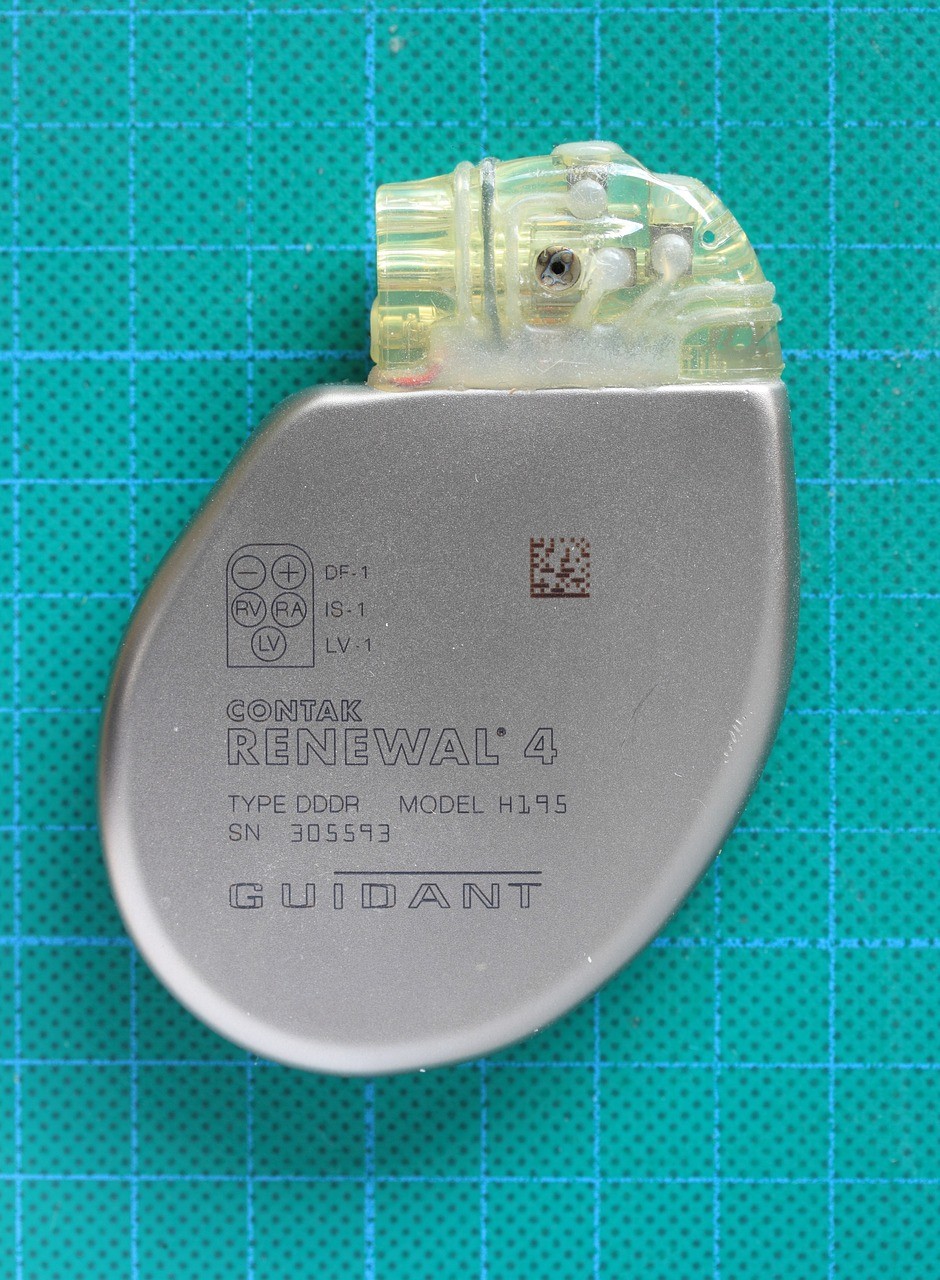

Case Law Insights: Article 53(c) and the functional link between a method and the effects produced in the body
However, certain inventions pose a new challenge. Imagine an invention where the innovation is in how a device works rather than the device itself. Relying only on product claims might not fully capture the invention. For example, think of a new way to measure a biomarker or create medical images that inherently does not require any surgical steps or have no direct impact on the body.
In such scenarios, methods involving a human or animal body might be allowed if a clear absence of a functional link between the claimed method and its impact on the body can be demonstrated. Figuring out this functional link is not always easy, as the Enlarged Board highlighted in decision G 1/07, it depends on the specifics of each case.

Exploring practical examples
In this blog, we explore examples where successfully proving the existence of a functional link was achieved and instances where it was not.
The case in decision T 0789/96 is an example of success. Claim 1 was related to a method for controlling stimulation energy in a pacemaker and involved monitoring the heart's electrical responses to the stimulation of the pacemaker to calculate the minimum energy required to elicit a cardiac response. Despite the method would be performed while the pacemaker provides therapy to the patient, the purpose of the claimed method is not to alter the therapy itself but to optimize the pacemaker's energy to achieve the same response in the heart. Since the method does not alter the therapeutic electrical stimulation there is no functional link between the optimized energy and the stimulation effects in the heart.
The applicant in T 1599/09 had a bit of a rough time proving that there was no functional link. Claim 1 related to a method of controlling the enabling of an enteral feeding pump, in which the pump could only operate when an interlock device was correctly positioned. The applicant argued that the method did not pertain to controlling the pump for (therapeutic) enteral feeding. Instead, it was about getting the pump ready to pump and thus there was no functional link between the claimed method and controlling the pumping operation for enteral feeding. However, the board disagreed, asserting that the claim encompassed instances when the pump was indeed in operation.
Importantly, the board's opinion was strengthened by the lack of examples in the Description where the pump was not actively providing enteral feeding, and the interlock device was intricately tied to the pump's operation. To rescue the application, the only viable option for the applicant was to amend claim 1 by adding a disclaimer explicitly stating that the method did not include controlling the pump's operation to pump nutrient liquid.

Important information about the critical factor in Board decisions
The critical factor is the teaching of the invention, not the scope of the claims.
Decision G 1/07 emphasizes that the claimed scope does not exclusively determine whether a method is related to the operation of the device and has no functional link to effects produced in the body. Instead, what matters is the actual teaching conveyed in the application (G 1/07 4.3.2). This means that it does not really matter if the claimed method only pertains to the medical device and does not explicitly mention the patient, their interaction, or the treatment delivered by the device.
Two examples describing successful & unsuccessful cases
When assessing the teaching of the invention, the EPO is likely to refer to the Description of the application for a thorough evaluation. Here is another unsuccessful and successful example:
In T 0944/15, claim 1 of the application described a computer-implemented invention: a data processing method for monitoring the position of a part of a patient's body during radiation treatment using a computer. The applicant argued that the claimed invention only pertained to the computer and lacked a functional link with the radiation therapy. However, the Board referred to the Description to extract the teaching of the invention. Unfortunately for the applicant, the description clearly indicated that the invention addressed the problem of ineffective radiation delivery caused by a patient's movement during treatment. The purpose of ensuring that the radiation treatment effectively hits the desired target cannot be attained if the result of the position monitoring is not considered. The Board concluded that this monitoring, influences the treatment of the patient. The patent application was ultimately rejected despite of the introduction of a disclaimer.
In contrast, the applicant in T 2136/19 could get away with something similar. Claim 1 related to a medical data processing method assisting the positioning of one medical structure relative to another, executed by a computer, with the medical structures being bones or bone implants. The method involved receiving and calculating data from medical images. The applicant argued that the purpose of the method was to process images, assisting surgeons in locating the right implant position during hip replacement surgery. They defended that there was no functional link between the claimed method and any surgical or therapeutic effects during the surgery. The board accepted these arguments and acknowledged that acquiring the medical images was indeed not part of the claimed method. The Description clarified that the method was for assisting the surgeon with correspondence information, enabling verification of the correct position of the bones and bone implants. Therefore, the method did not influence the positioning of body parts or implants, and thus there was no step involved a physical activity constituting treatment by surgery or therapy.

Take aways from this case law insights
Disclaimers, which are often negative features, cannot always change the analysis of whether the claimed method is excluded from patentability. Thus, they should be used as last option and cautiously as their success is uncertain.
Referring to previous blog posts, especially the latest one “Case Law Insights”: Article 53(c) exceptions and products produced by a medical treatment | NLO, it is essential to acknowledge that, while claims outline the sought protection, the composition of the Description significantly shapes the grant of a patent application.
Even when the teaching is genuinely inventive and the medical device in discussion is not linked to a method of treatment, if the Description does not lay a solid foundation for potential amendments to address objections related to exceptions to patentability under Article 53(c), the patent application can be at risk of rejection or revocation. The Description plays a vital role in navigating the prosecution process and should also include ample examples demonstrating that the operation of the medical device does not influence the treatment of the patient.
Explore our other blog posts where we provide more fundamental principles for claiming medical devices before the EPO. Read more on our expert page: Healthcare & IP | NLO.
NB: this article contains royalty-free images which have been added for illustration purposes only (and are not related to the cited case law)

